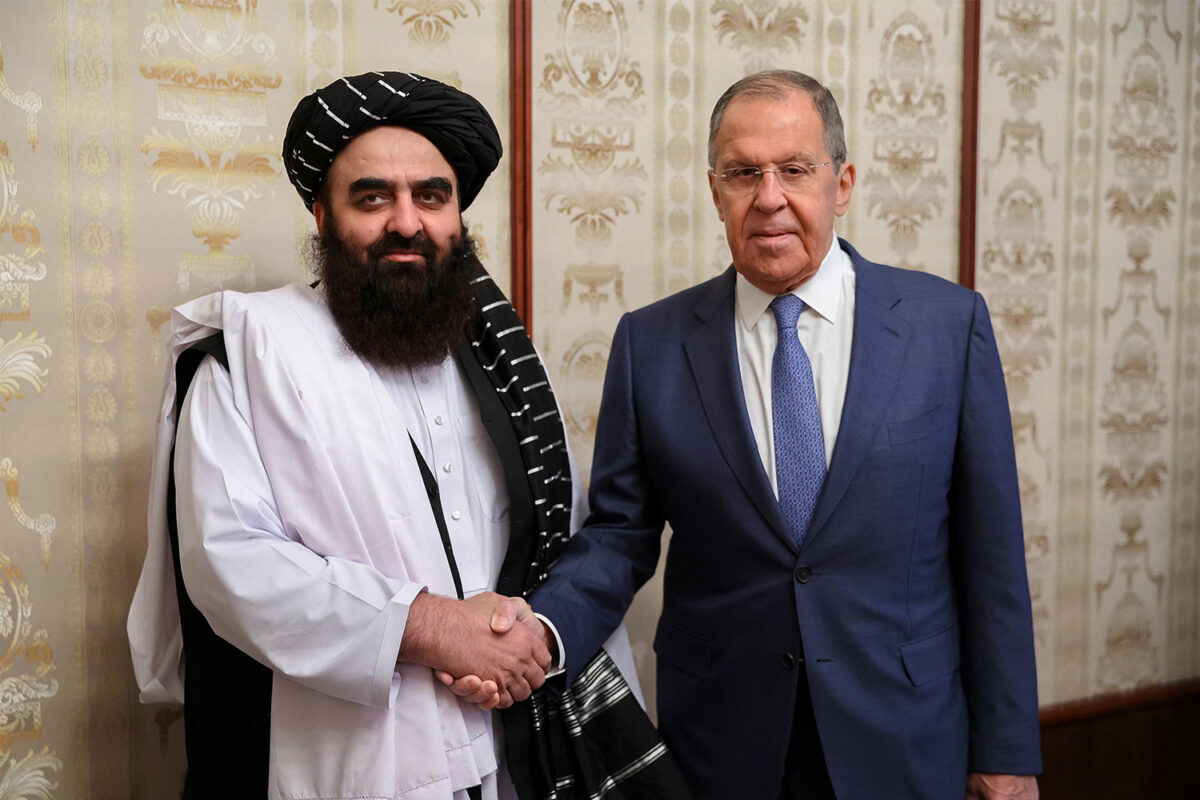On 4th March 2023 China hosted the Chinese People’s Political Consultative Conference, which is an industry and societal consultative body. The meetings took place with China facing considerable economic challenges. These challenges have been made worse with the collapse and subsequent liquidation in January 2024 of the Evergrande Group. Evergrande Group became a poster child of China’s economic rise and sold apartments to middle and upper-class people. By 2018 Evergrande became the most valuable real estate company in the world. But just three years later the company had collapsed as China’s real estate sector was drowning in debt, imploded. Evergrande, China’s real estate and debt are all linked to China’s economic model which has caused structural problems for China and possesses a major stumbling block for the future.
When Mao Zedong passed away in 1976 China was a poor nation that had been driven to economic disaster. Two decades of communism led to the great leap forward and the cultural revolution which made things even worse in China. In 1979, 90% of China’s population was in poverty and the state rationed bicycles and fans. Once Mao had passed away, the Chinese Communist Party (CCP) carried out an assessment of the country and came to accept Communism was a huge failure and that if the CCP didn’t develop the economy then they would be overthrown leading to another period of social chaos, a regular theme in Chinese history. The CCP saw it had a large labour force, who were not particularly skilled and Chinese industry lacked technology let alone technological development. China needed to attract foreign skills and technology in order to acquire these skills and this would allow China to develop its own industry and create jobs. The open and reform era was born.
Throughout the 1980’s China built Special Economic Zones (SEZ) roads, ports, power plants and telecommunication networks so manufacturers moved their production facilities to China. Western brands moved in their droves to China to take advantage of the unlimited supply of cheap labour and low cost of manufacturing. This first period of economic development saw the CCP focus on building the infrastructure that would attract foreign investment and technology and expertise. It also saw China begin the next part of its economic model.
By the turn of the 21st century China joined the World Trade Organisation (WTO) and it had just surpassed $1 trillion GDP. China’s economic model turned towards becoming the world’s factory, producing the goods that the world’s largest consumers wanted. China achieved this by exporting goods cheaper than anyone else. China kept the costs of production extremely low because it had an unlimited supply of workers. China achieved a major milestone in 2009 when she became the world’s largest exporter. This significant milestone marked China’s emergence as a global economic powerhouse, surpassing Germany as the world’s leading exporter of goods and services. Since then, China has maintained its position as the world’s largest exporter, playing a pivotal role in international trade. China produced cheap goods in huge quantities and the West kept on consuming.
China achieved a major milestone in 2009 when she became the world’s largest exporter
The global economic crisis that began in 2008 began to show the strains of this economic model. The economic downturn in Europe and the US, China’s two main customers, led to a drop in consumption and exposed China’s need for continued exports. China’s SEZs allowed foreign investment and technology into the country and became a new source of wealth for China. But it made the country an export-oriented economy and dependent on foreign countries to continue importing from it. China came to rely on foreign nations to import from it. The world came to import from China at the cost of closing down their own factories. The economic crisis brought to an abrupt end, the three decades long export boom that the Chinese government micromanaged through years of systematic wage repression and huge subsidies. As a result of the crisis, the portion of China’s GDP tied to exports collapsed, from nearly 40% in 2008 to below 20% today. The global economic crisis in 2008 caused major problems for China. As western consumption collapsed followed by austerity the driving engine of China’s economy, namely exports, had run out of fuel. What China did next is what created its current crisis.
Changing the structure of any economy can take many years and China didn’t have years in 2008 to kick-start economic growth. The reliance on foreign consumers was no longer an option, so to avoid economic collapse Beijing kept the economy on life support through massive expansion of state-led investment into housing and infrastructure construction. The CCP encouraged state-controlled banks to pump huge amounts of lending into real estate and infrastructure. This strategy allowed China to maintain 6-7% growth and avoid politically risky recessions in the decade that followed the global economic crisis in 2008. The unintended consequence was that real estate-related activities grew from 10% of China’s GDP in 2000 to nearly 30% by 2012, becoming by far the country’s largest source of growth, investment, and jobs.
China literally went from an export-led economy to a real estate-led economy. This created a housing boom leading to huge zombie towns, where high rise apartments were created at a colossal scale, but they were sitting empty as ghost towns.[1] What caused further problems was real estate wasn’t just the principal engine of growth. It was also the main financial asset and store of wealth for Chinese citizens, who, rather than placing their money in China’s rudimentary stock and bond markets, put their savings into overpriced investment properties with many also taking loans to fund them. Real estate now accounts for nearly two-thirds of China’s household wealth and about 40% of the collateral held by banks.
China’s economy is not going to collapse but the real estate crisis reveals China doesn’t have a sustainable economic model. Whilst China has a large manufacturing sector, which is geared around renewable energy, electric vehicles as well as a lead in advanced computing, AI and biotechnology. But outside these clusters China’s economy is looking more and more like Japan in the 1990s, which suffered a “lost decade” of prolonged deflation, stagnation and high indebtedness on the back of a stock market and property crash.
China’s economy is not going to collapse but the real estate crisis reveals China doesn’t have a sustainable economic model
The Chinese state intervened in the real estate and infrastructure sectors by bailing out debt-burdened developers and local government-related businesses when their projects failed to provide sufficient returns. This interventionist policy prevented many investors from incurring too many losses and kept the real estate sector running smoothly. The Chinese government also introduced the “three red lines” policy, which forced real estate developers to reduce the amount of borrowed money they use to make investments.
China’s longer-term problem is since the open and reform era in 1979 domestic consumption has never been the economic model. Western economic growth is primarily based upon domestic consumption with exports making up less than 10%. China was not able to do this in the 1980’s due to the high poverty in the country. In the years since China’s economy grew and became the second largest economy in the world, China still produced for the world rather than for its own population as wealth distribution was very unequal and many still haven’t benefited from the new wealth. This is why China’s policy makers keep coming up with economic models short of domestic consumption. China’s real estate crisis goes to a much deeper issue, that of China’s economic model. Despite the image of China globally, such domestic issues are critical for China to overcome if it wants to be a global player.




